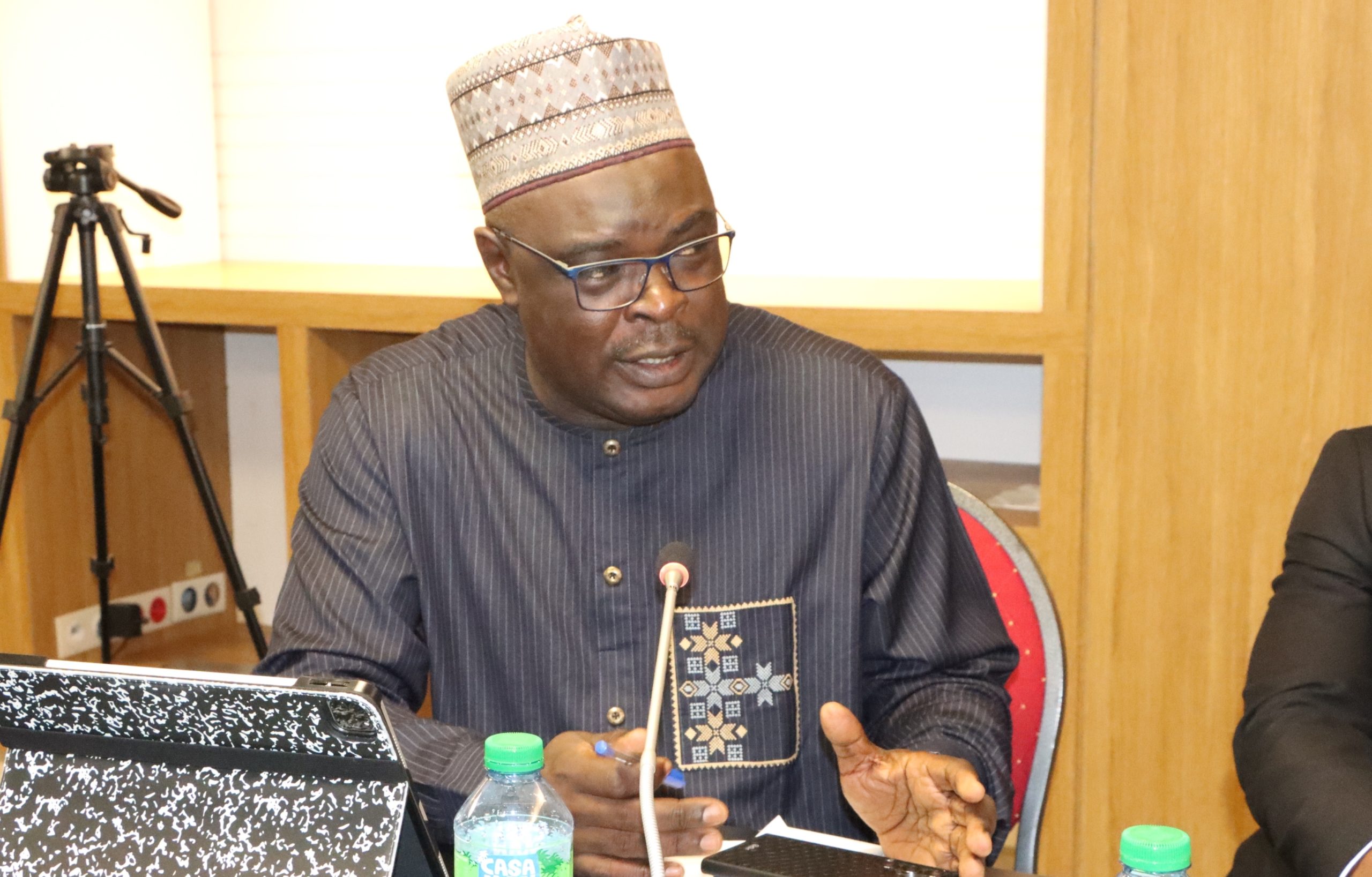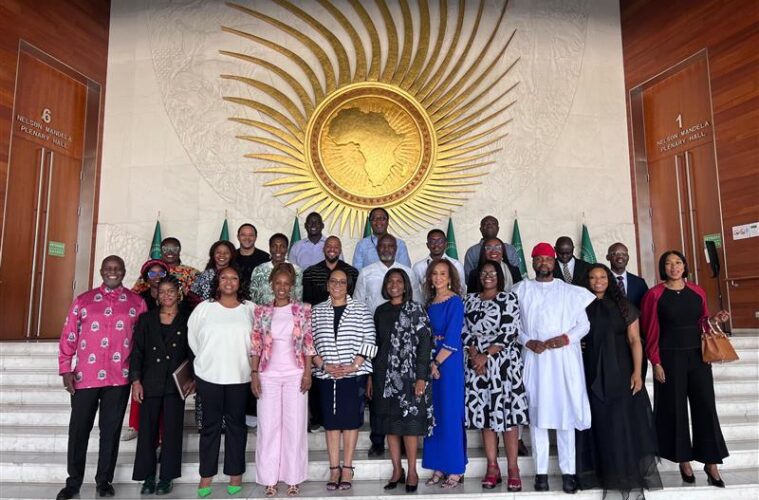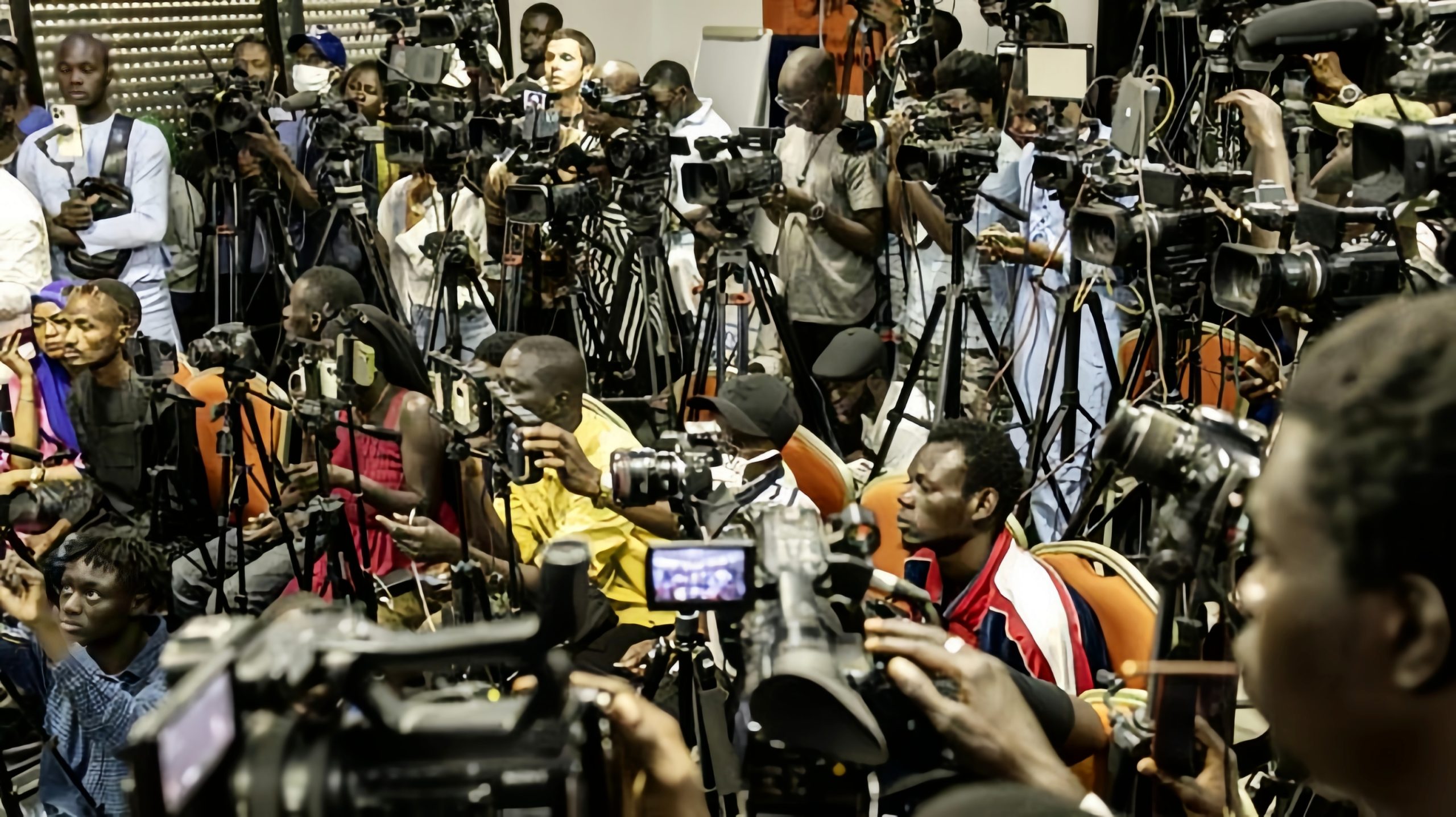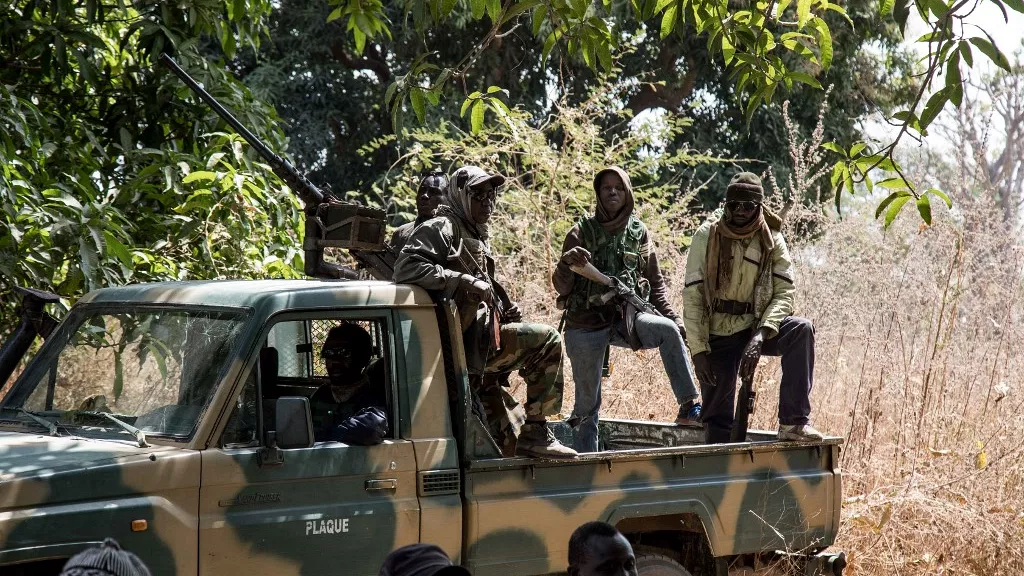Four Senegalese army personnel were killed on Thursday after their vehicle collided with an anti-tank mine near Kalathiay. The soldiers who died were part of a paratrooper detachment returning from a mission on the Diokadou-Kadialock axis, in Sindian’s department of Bignona, near the border with Gambia.
The incident, reported by the Senegalese army’s communications department, is the second of its kind after a clash between Senegalese paratroopers from Sector 57 and MFDC rebel members between the towns of Benghazi and Diakine on October 14.
Following this tragedy, Senegal’s President, Macky Sall, issued a statement on Twitter: “I bow to the memory of four of our Jambars, who fell on the field of honor after the explosion of an anti-tank mine in the department of Bignona.” On behalf of the nation, I express my profound condolences to their families, as well as the defense and security forces, and wish the injured a swift recovery.”
The MFDC rebellion’s economy is inscribed in the trafficking of Indian hemp to live and acquire weapons, except that as the destruction of Indian hemp fields by the Senegalese army intensifies, the rebels are increasingly resorting to anti-personnel and anti-tank mines on military routes to protect their cannabis farms.
So far, Senegalese forces have avoided landmines, but on Thursday, four soldiers were killed and seven were injured on the army side. As the MFDC, or whatever remained of it, planned to ramp up its lucrative hemp production, the insurrection had already threatened the army with laying mines and attacking their vulnerable military cantonments. Notwithstanding, the Senegalese Army’s sectors 57 and others have continued conducting a systematic sweep to burn hemp plantations, particularly in Blouf and Fogny.
Through middlemen, all the Casamance rebellion’s sides, including Salif Sadio’s, continue to discuss with Senegal. At several strategically significant points in the negotiations, the Senegalese Army and the MFDC have never severed their ties. The challenge of finding a lasting peace in Casamance stems from the criminalization of the rebels’ economy.
Senegqls’s Admiral Farba Sarr and MFDC Diakaye’s Commander Coly agreement to lay down arms is evidence of the MFDC’s deceit on this matter. This also applies to Cesar Atoute Badiate’s southern front, which signed similar agreements that were never honored. None of these factions laid down weapons.
The MFDC’s obligations are frequently broken, depending on the nature of the military power balance and the interests of the time. This is the essential nature of the two protagonists’ connection.
Violence in Casamance has subsided after taking thousands of lives and destroying the region’s economy. The Senegalese army last communicated about a soldier’s death in January 2023; however, military activities have continued since then.
The truth is that the forces of Senegal defeated the MFDC, along with all its inclinations. Thankfully, there is peace in Casamance, despite the sporadic conflicts.










